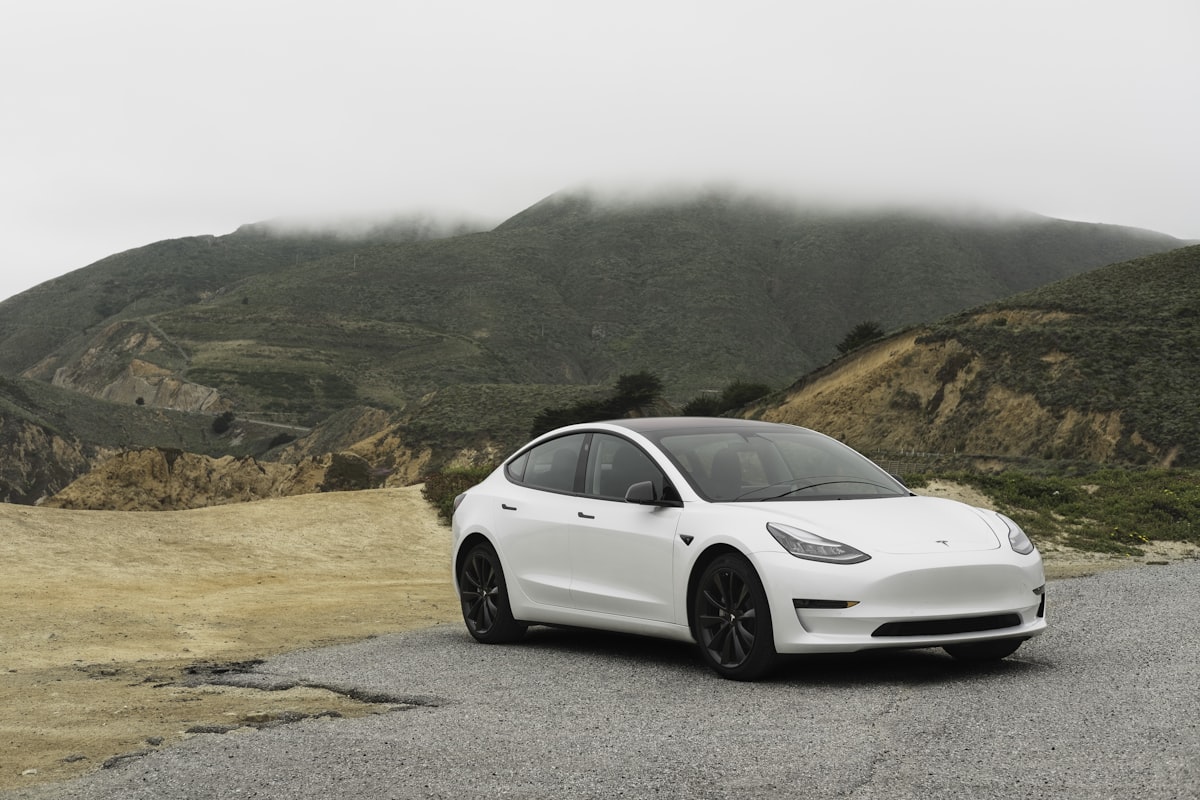Electric vehicles (EVs) have become a significant part of the automotive market, offering an environmentally friendly alternative to traditional gasoline-powered cars. A crucial aspect of owning an EV is understanding how it charges. One common question among EV owners and enthusiasts is whether EV charging is AC (Alternating Current) or DC (Direct Current). This article will explore the types of EV charging, focusing on the differences between AC and DC charging, and discuss the advantages and limitations of each type.
### Understanding Electric Vehicle Charging
Electric vehicle charging can be categorized into AC and DC charging, each serving different purposes and offering different speeds of charging. The electricity that powers our homes and most of our daily appliances is AC, while batteries, including those in electric vehicles, store and use power as DC. Therefore, a conversion between AC and DC must occur at some point in the charging process.
#### AC Charging
AC charging is the most common method of charging electric vehicles and is primarily used for home and workplace charging solutions. AC charging is convenient because it allows EV owners to use standard electrical outlets without needing specialized infrastructure. Most electric vehicles come with an onboard charger that converts the AC electricity from the grid into the DC power required to charge the vehicle’s battery.
The speed of AC charging can vary depending on the power output of the charging station and the capacity of the onboard charger within the vehicle. Typically, AC charging stations offer power outputs ranging from 3 kW to 22 kW. A typical home charging setup might offer around 7 kW, which can fully charge an electric car overnight.
#### DC Charging
DC charging, also known as fast charging, involves supplying the electric vehicle with DC electricity directly, bypassing the vehicle’s onboard charger. This method of charging is much faster than AC charging and is ideal for use during long trips where time is of the essence. Public DC charging stations can provide power outputs from around 50 kW to over 350 kW, enabling them to charge compatible vehicles to 80% in as little as 20 to 30 minutes.
However, the availability of DC fast charging stations is less widespread than AC stations, primarily due to the higher costs associated with installing and maintaining high-power charging infrastructure. Additionally, frequent use of fast charging can potentially reduce the lifespan of an EV’s battery due to the heat generated during the rapid charging process.
### Choosing the Right Charging Type
The choice between AC and DC charging typically depends on the specific needs and circumstances of the EV owner. For daily use and overnight charging at home, AC charging is usually sufficient and more cost-effective. For long-distance travel or situations where time is limited, DC fast charging is the better option, despite being more costly and less readily available.
### Conclusion
In conclusion, both AC and DC charging are essential to the functionality and versatility of electric vehicles. AC charging offers convenience and accessibility for everyday use, while DC charging provides speed and efficiency for quick refueling on the go. As the infrastructure for electric vehicles continues to develop, the availability and technology of both AC and DC charging will continue to evolve, further enhancing the EV owner’s experience. Understanding the distinctions between these two types of charging helps consumers make informed decisions about their vehicles and charging plans, aligning with their personal and driving needs.
Recommended EV Accessories
NOCO GENIUS10 Smart Charger – $79.95
Advanced battery maintainer and charger.
EV Charging Station Guide
Navigate the EV charging landscape.

As an Amazon Associate, we earn from qualifying purchases.




Subscribe for Updates
Get the latest articles delivered to your inbox.
We respect your privacy. Unsubscribe anytime.